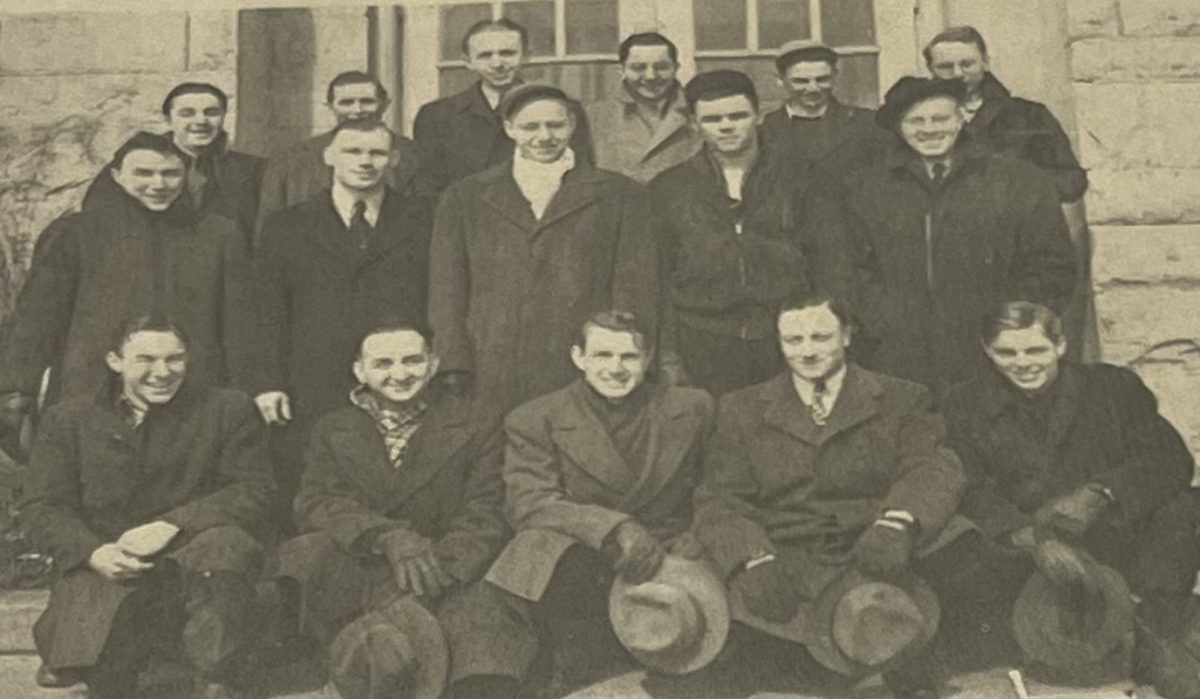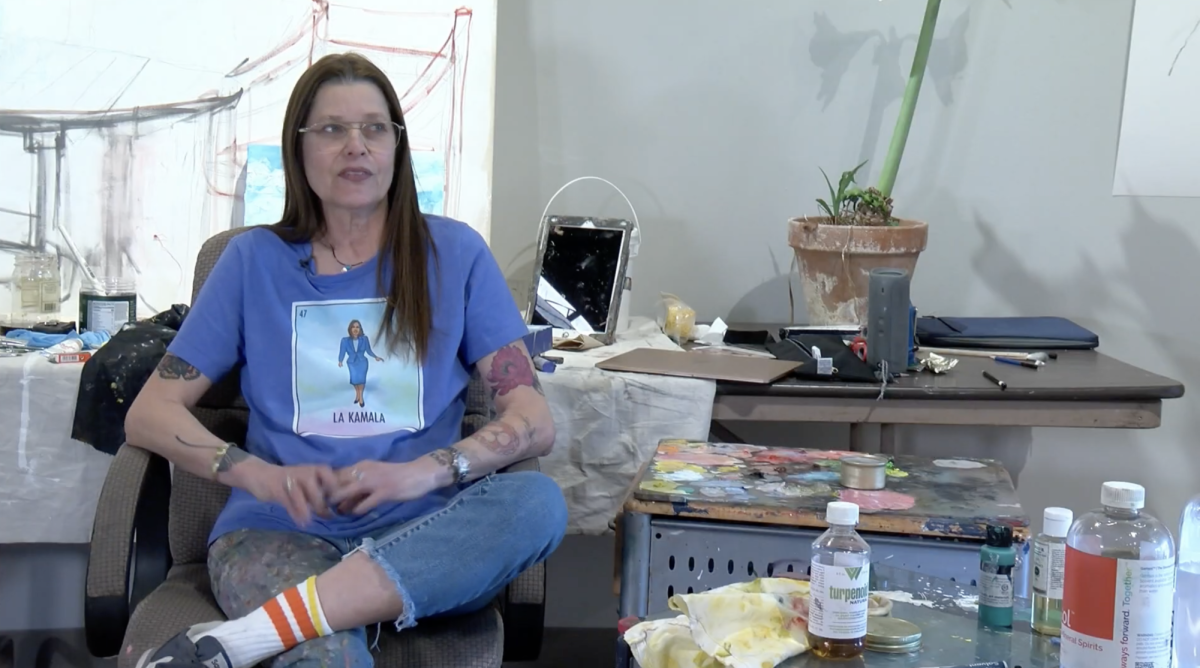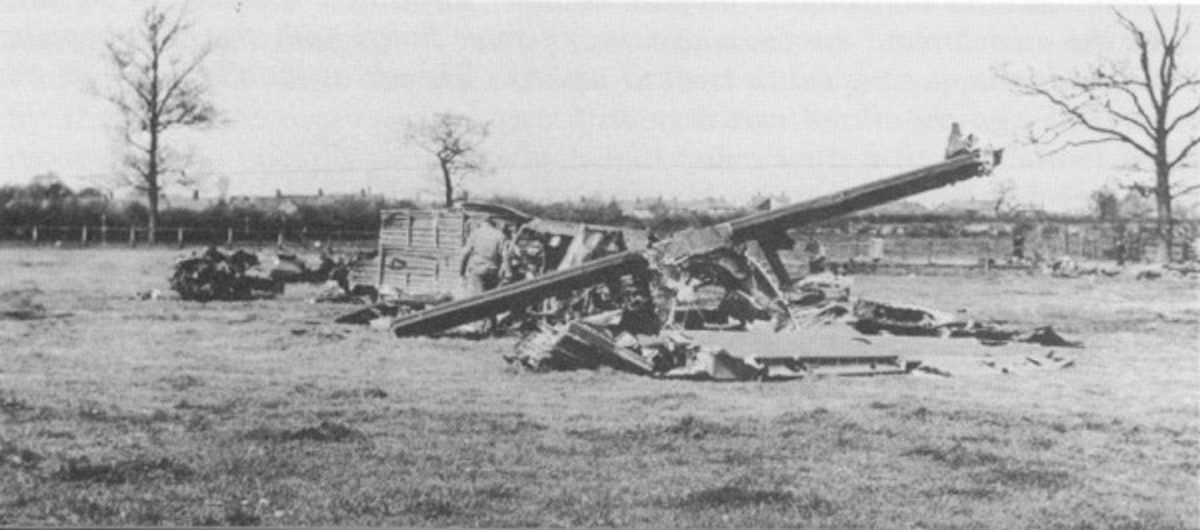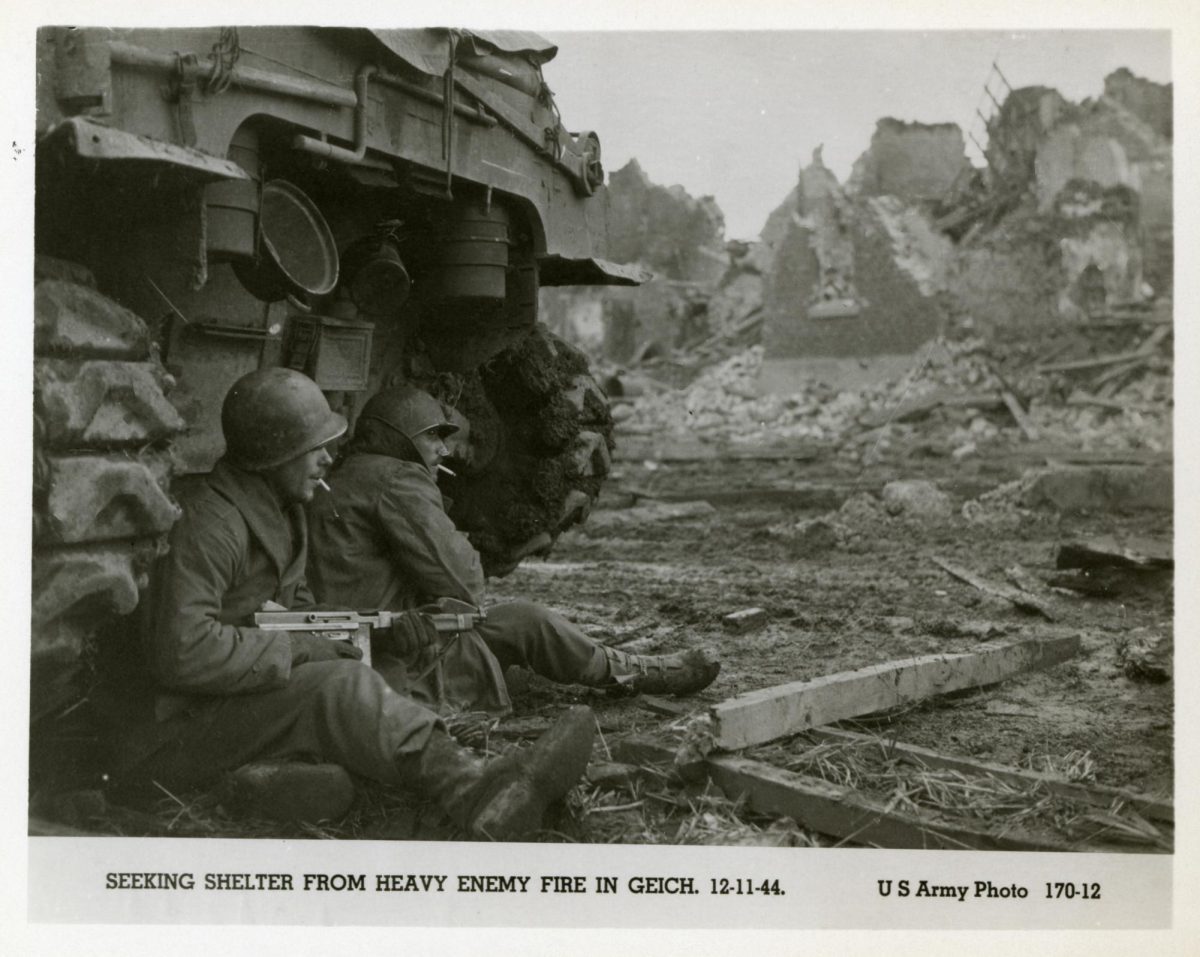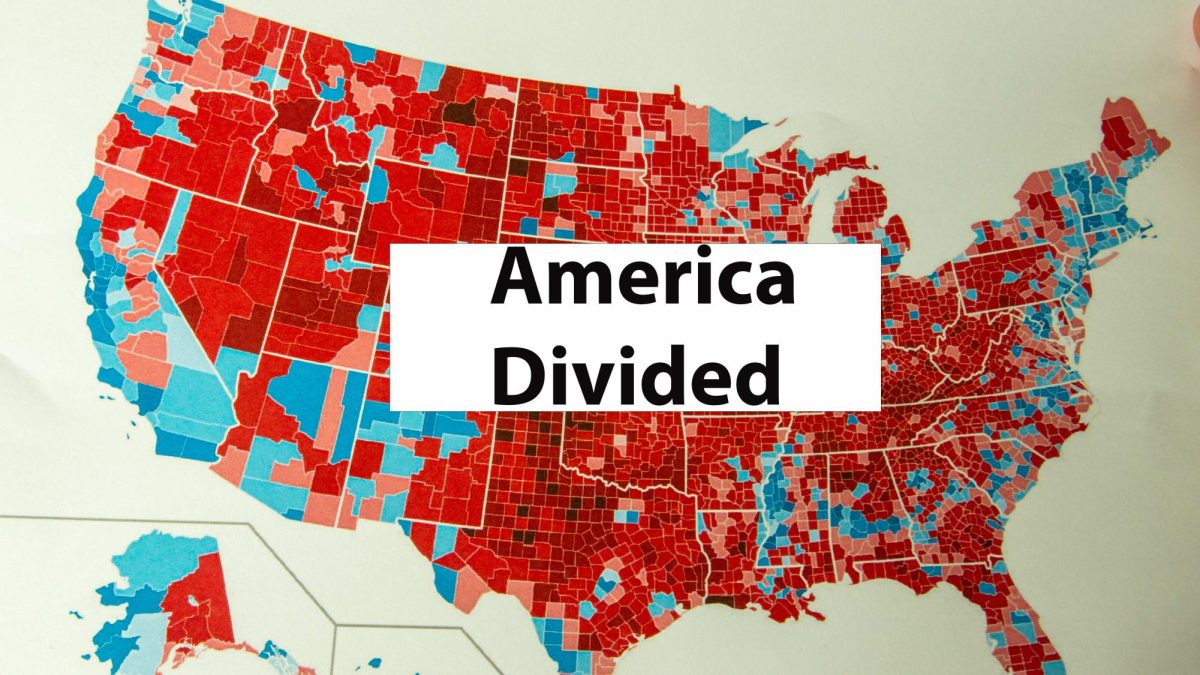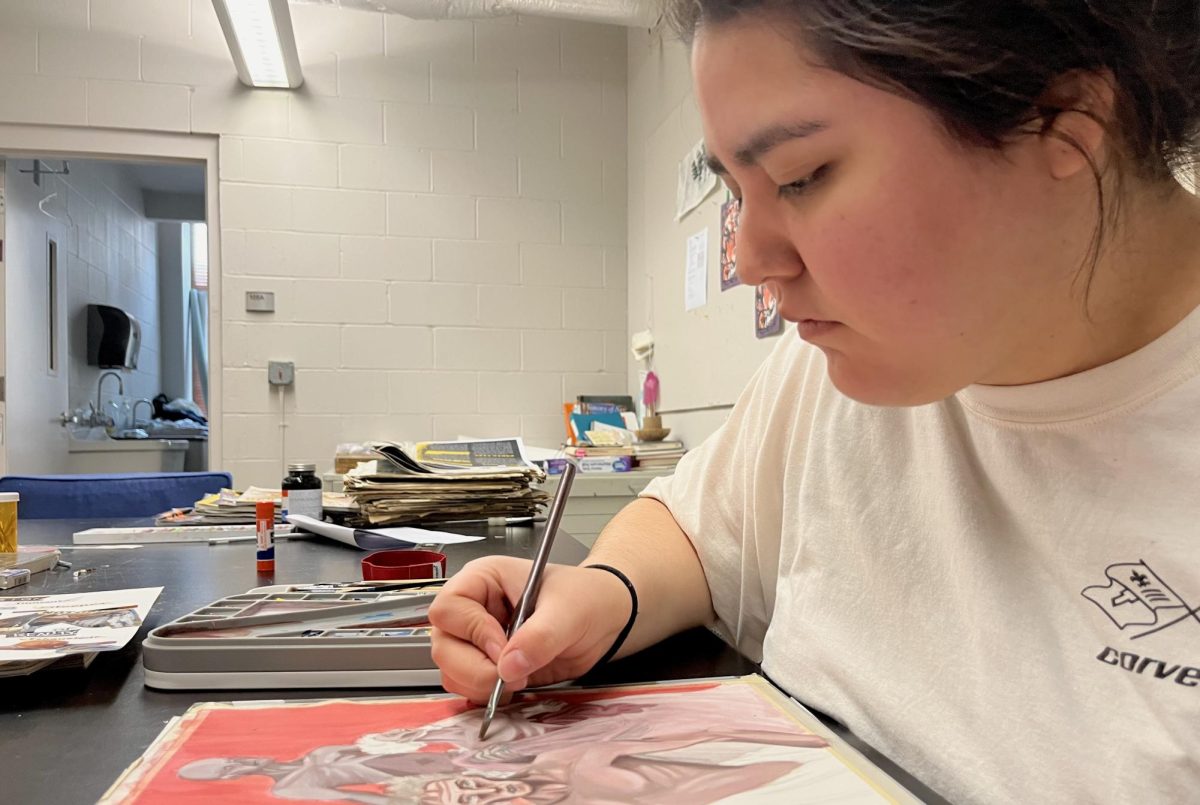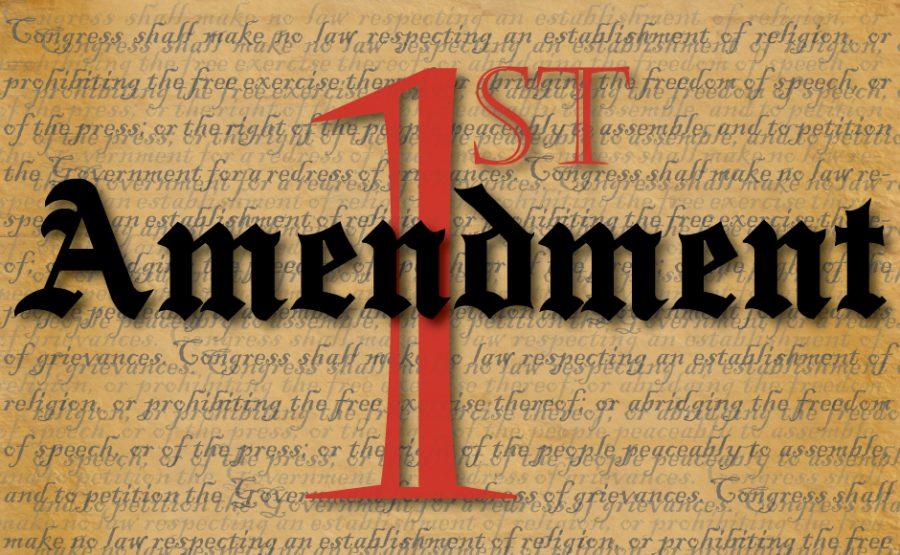Reprinted with permission from The Storm Lake Times Pilot and author. Seventh story in a series.
There are ghosts in the Tack.
They linger in the margins and haunt the edges of paper torn and turned yellow with age. They stare up from faded photos and whisper in between lines of forgotten, half-forgotten names.
Some ghosts, like Phil Bertness, are more present than others, gathering headlines like souvenirs. Others, like Dean Weatherman, live in between the bold, black words, constantly toeing the fine line between obscurity and eternity.
Dean and Phil shared nothing of their time at BVC. They attended the college in entirely different decades—Dean in 1934-35 and Phil in 1940-43—knew different classmates, and enjoyed different activities. Phil’s name appears time and time again in the Tack, telling of his antics and achievements at BVC. Dean’s name appears only twice. No, they don’t share anything at all except for one single sheet of paper in the files of President Henry Olsen.
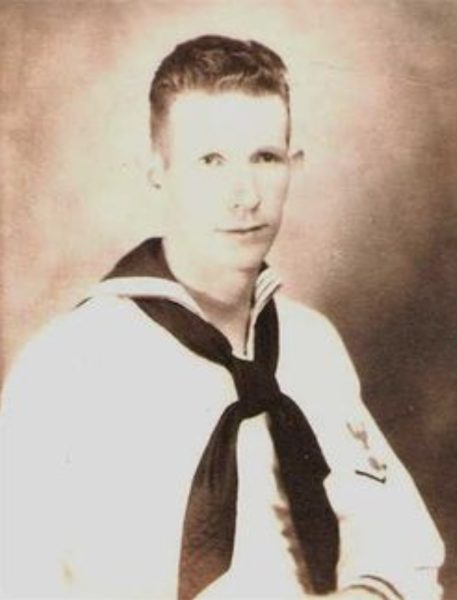
The Bright Kid from Battle Creek
Dean Weatherman, a precocious freshman from Battle Creek, Iowa, was no stranger to the paper when he first appeared in the Tack in the fall of 1934. His hometown paper had routinely lauded his performances in school plays and praised his stellar academic performance, particularly the time he came in fifth in economics and ninth in physics in a statewide competition. It was probably no surprise, then, that Dean’s first write up in the Tack was about his brilliance. He was, in 1934, one of BVC’s most impressive students, with the paper noting that he’d not only achieved the highest scores on both the math and natural science placement exams, but he’d shattered the record for highest score in language and literature in the college’s history. All that intelligence wouldn’t be enough to keep him at BVC, but he nevertheless made his mark while there. He attended every football game, working as a fence patrolman, shoveled the school sidewalks, and even helped wash President Henry Olsen’s house. When he left at the end of his freshman year to join the Army, Dean continued to appear in his hometown paper and, perhaps due to his achievements, his academic file at BVC was left open.
“I Deeply Regret Leaving the College”
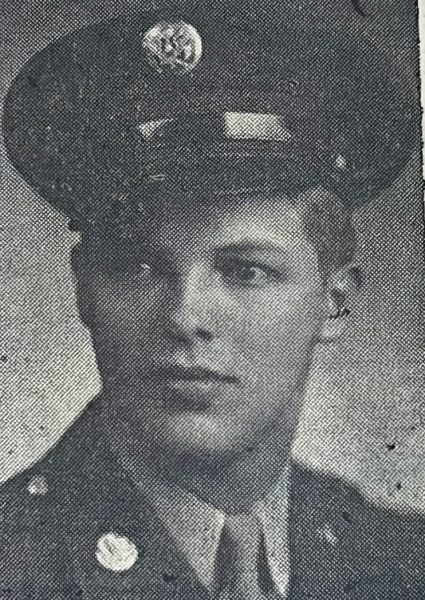
A few years later, young Phil Bertness of Sioux Rapids appeared on the scene. Unlike Dean, Phil’s college career was chronicled from beginning to end in the Tack, starting with his pledging to the Delta Phi Rho Fraternity in October 1940. From that moment on, Phil’s name was common in the Tack. He was studious—always listed on the Honor Roll—and exuberant, nicknamed “Philip Finn”, and once slyly telling the Tack of his interest in an unnamed young lady. Phil brought joy wherever he went and, when he became one of the first BVC students to be drafted in the war. He posed for a picture outside of Old Main and bid the Tack a sweet farewell: “I deeply regret leaving this college with its fine student body and faculty. It has been fun being here and I believe that I have been given a fine type of education.”
Dean Weatherman never bid such farewell to the Tack when he joined the Navy in 1938 following the end of his Army contract. He never wrote the staff there or, if he did, no record of it has survived. That part of Dean’s life remains lost.
“Paid the Supreme Price”
It is not known how Dean reacted to the news of Pearl Harbor, where he’d been stationed in 1938, or the message that his country was now at war. It is not known if he was filled with anger at the attack or sorrow for the friends he’d left behind. All that is known is that he was on his ship, the USS Langley, when it happened, somewhere off the coast of Cavite. He was on the Langley during her rapid retreat from the Philippines following the Japanese invasion in 1941 and he was on the Langley when five enemy bombs smashed into her upper decks.
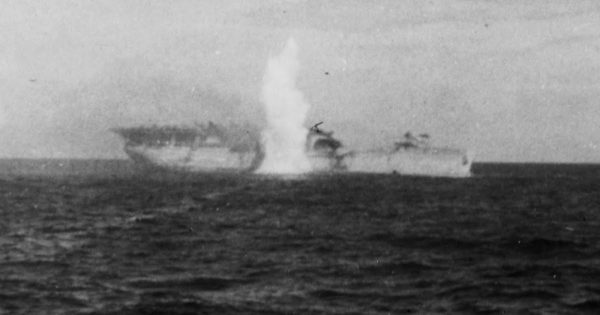
Like so much of his life, Dean’s death is shrouded in mystery. Though over 600 men from the Langley made it into the water alive and were rescued by the nearby USS Pecos, the Pecos, too, was sunk by Japanese torpedoes just a few hours later. For most of the men from the Langley, there is no record of when or where they were killed except for the date: February 27, 1942.
Nearly three years after that terrible February day, the last mention of Dean’s name appeared in the Tack, and was just that: his name, listed under the simple header of Paid the Supreme Price. His academic file at BVC, filled with brilliance and unrealized potential, was closed with the notation “killed in the service of his country.” And, just like that—like the ocean wipes footsteps from the sand, like the churning waves pulled the men of the Langley and Pecos under—Dean Weatherman disappeared from the Tack. He was just 24 years old.
Nothing Left to Say
The sea had already reclaimed the Langley and most of her crew by the time Phil entered training to become an Army medic in 1943. With his older brother, Ray—also a BVC grad—already in England with the Signal Corps, Phil was probably eager to go overseas and fervently hoping to be sent to the European Theater. In May 1944, Phil returned to BVC on furlough for one final visit before leaving the states. In September 1944, Phil saw his first action in the bloody fields of France near the town of Metz with the 11th Infantry Regiment. Phil and the 11th saw brutal combat along the Siegfried Line throughout the rest of the fall. Following Hitler’s surprise offensive in December, Phil’s unit was repositioned some thirty miles from the town of Bastogne. As a medic, Phil was inundated with an influx of bloody wounds, trench foot, and frostbite as the US Army desperately tried to keep its foothold in the Ardennes.
Sometime after Christmas, Phil—likely attempting to help one of his men—was wounded in the back. He was sent to a hospital in France where he was not only visited by his brother, but also ran into his good friend and fellow Beaver Dick Thomson, who was also wounded near Bastogne. Phil and Ray spent a few hours together, and Dick and Phil sent word back to the Tack that they had been “happily reunited.”
By the time the Tack got word of their reunion, Phil had already been back at the front for several weeks. By the time they published it, Phil had been dead for four days.
On February 8, 1945, somewhere near the border of Luxembourg and surrounded by trees so tall they seemed to touch the sky, Phil Bertness breathed his last. The Tack reported the news with shock and, for months afterwards, friends wrote the Tack in bitter grief.
The last mention of Phil in the Tack came in May 1945. The war in Europe had, by that time, already ended, but the Beaver Fighters section of the paper was in mourning. Letters from Ray and two of Phil’s friends filled the column. It was a remembrance for all that was lost and a eulogy for all that would never be. And, just like that, there was nothing left to say. Like Dean’s, Phil’s name vanished from the Tack. He was 22 years old.
BVU Remembers Those Dear Ghosts
Dean and Phil never appeared on a list of graduates or alumni coming back to visit. They never appeared anywhere together, except on the list of BVC dead kept in President Henry Olsen’s desk. Yet, their ghosts remain. They stay in the smudged ink and crinkled newsprint of the old Tack papers, kept under BVU Archivist Joan Zwagerman’s watchful eye and gentle care. At times, when the light hits just right, their ghosts slip from the pages. They remain by the old President’s house and by the fence of Peterson field. They flicker in the light that spills through the windows of Victory Hall and in the shadows cast by the Arch made from the remnants of Old Main. Returning their names to their paper—to their campus—is, then, not so much telling a new story as it is returning ghosts to their haunt.
Yes, Dean and Phil are still here, lingering just beyond the ability of the human eye to see but never beyond the ability of the human heart to hold. They are here, as our benevolent ghosts, cradled in the arms of their college. Their names face one another in the fading pages of the Tack and their ghosts face one another in the fading universe. Together, at the end of all things.



